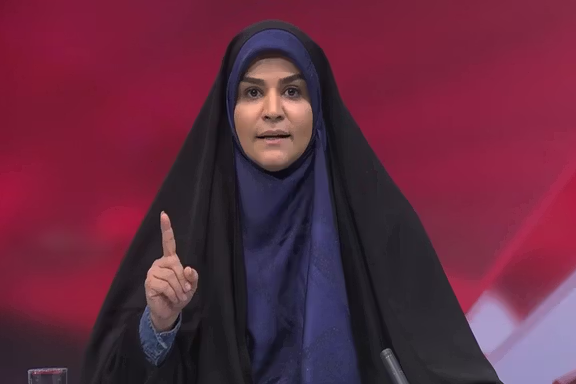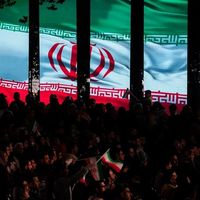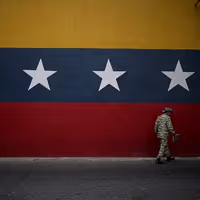The report documented an 86 percent increase in executions compared with the previous year’s 823 cases. Of those executed, eight were hanged in public, 49 were women, and three were under 18 at the time of the alleged crimes.
“This increase peaked between 2024 and 2025, with at least 1,537 executions recorded, the highest number documented in the past decade,” HRANA said.
The data were collected from a combination of judicial sources, local reports, and the agency’s network of independent observers, according to HRANA.
94.14 percent of executions, it said, were carried out secretly and never announced by official sources, a pattern it said reflected the authorities’ efforts to “omit, conceal, or restrict the collection of such data.”
Nearly half of all executions, 48.34 percent, were related to drug offenses, while 43.46 percent were for murder. Other charges included rape, moharebeh (ear against God), espionage, and corruption on earth.
The report showed the highest number of executions in Alborz province, where Ghezel Hesar Prison accounted for 183 hangings. Isfahan and Fars provinces followed, with 124 and 118 executions respectively at Dastgerd and Adelabad prisons. The data also indicated that the months of September, August, and May 2025 saw the most executions, with 191, 165, and 162 cases respectively.
A decade of reversal
Its ten-year analysis, HRANA said, revealed that after a relative decline between 2015 and 2019, executions in Iran have increased steadily since 2021. The report found that the majority of those executed came from socially and economically vulnerable groups, including defendants convicted under Iran’s strict anti-narcotics laws.
Inside prisons, resistance has grown. On October 7, prisoners across 52 facilities continued hunger strikes under the “Tuesdays No to Execution” campaign, which has been running for 89 consecutive weeks.
The death penalty was being used by the authorities as a political tool to suppress dissent amid economic crisis and public discontent, HRANA added.
Call for international response
The agency urged the United Nations and foreign governments to intervene. It called for “urgent and coordinated action by the international community to halt the ten-year wave of executions, reform domestic laws, hold perpetrators of extrajudicial executions accountable, and take unified international measures to confront the growing wave of executions in Iran.”














